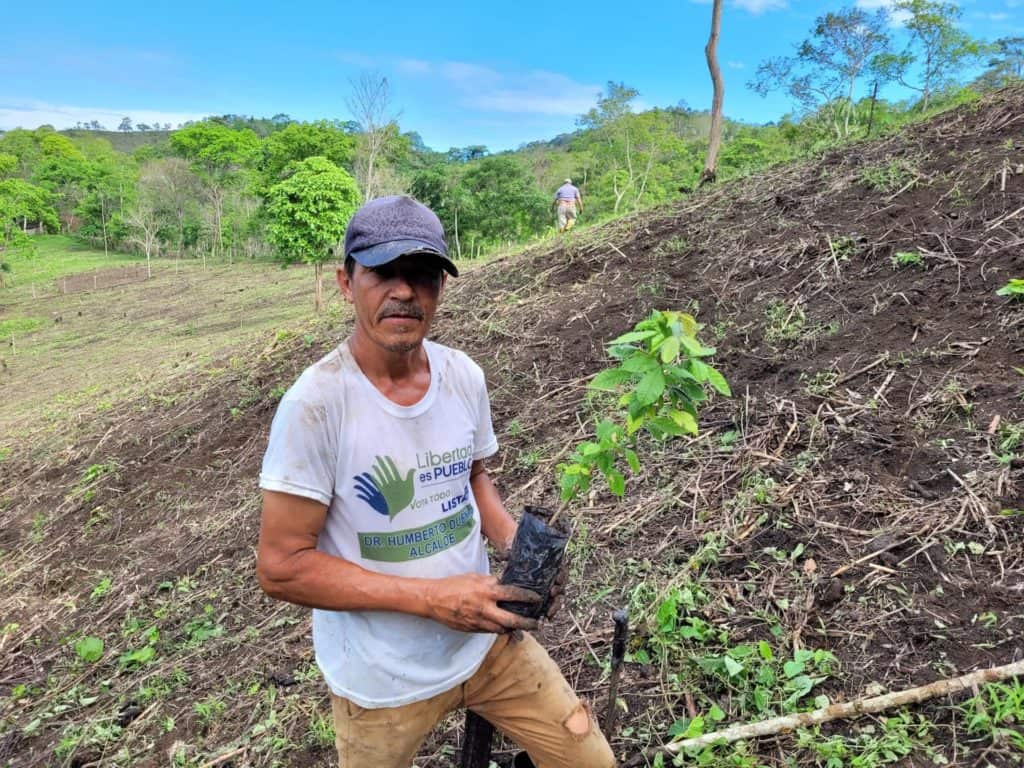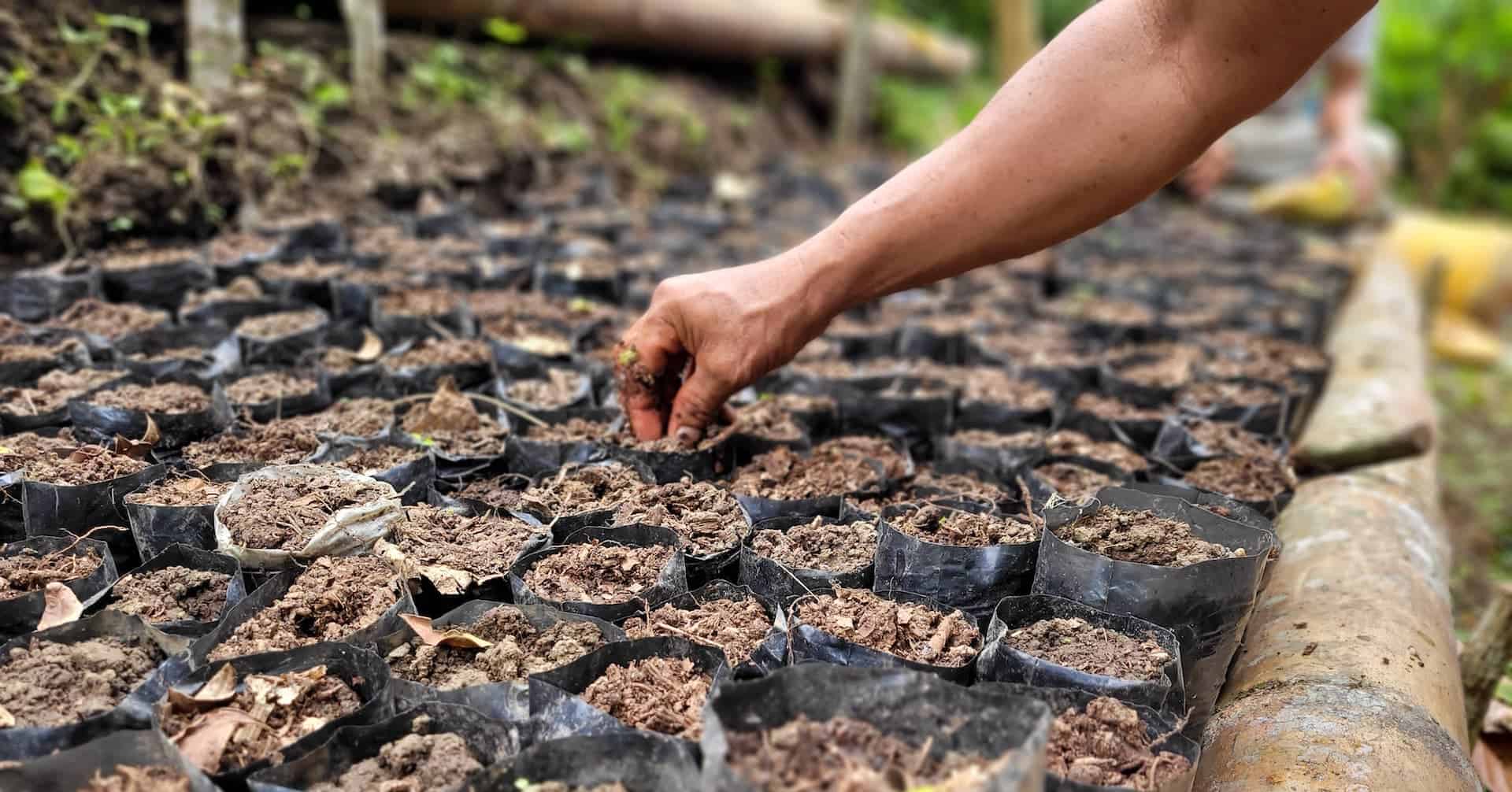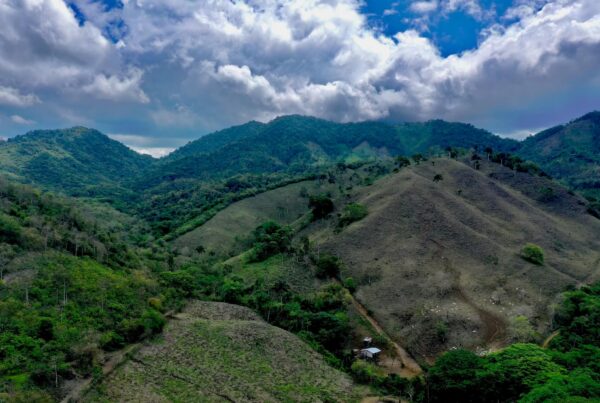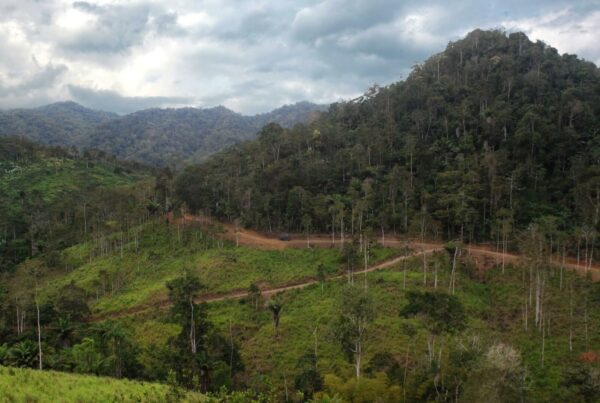Introduction
TMA pays farmers to plant trees on their own deforested land. This is what drives the Community Reforestation Program, plain and simple. Without a strong and immediate financial incentive for forest restoration, it will not happen in places like Ecuador.
This is a textbook example of how the mechanism known as “Payments for Ecosystem Services” (PES) is absolutely crucial for forest restoration at a large scale. It is the difference between triggering reforestation or accepting permanently deforested land.
The Economics of Ecological Restoration
Farmers use their land in accordance with whatever activity generates the most income. This is how farming works in pretty much every country in the world. It equally applies to Ecuador. People go where the money is.
We’ve witnessed many failed reforestation initiatives in Ecuador for exactly this reason. The economic rewards of reforestation did not exceed the economic rewards of deforestation. Economics 101.
TMA’s Community Reforestation Program is built to address this simple yet intractable fact of life. We pay farmers $1,821 per acre ($4,500/hectare) over a 5-year period to convert their deforested land into a regenerative forest that 1) produces food and income for their family, 2) restores habitat for wildlife, and 3) removes CO2 from the atmosphere.
This payment immediately increases farmers’ earnings by 44% relative to slash-and-burn corn cultivation and over 300% relative to cattle ranching, which are the two dominant agricultural activities in this region. This is enough to convince farmers to shift their activities away from degenerative agriculture and toward regenerative agroforestry.
However, the payments only last for five years. It is a short-term measure designed to bridge the gap until farmers begin to generate an independent revenue stream through the sale of cacao, banana, and other tree crops produced in their regenerative agroforestry parcels.

ROI for People and the Planet
It bears mentioning that these are payments, not loans. And they are certainly not handouts. Technically, they are what the industry refers to as Payments for Ecosystem Services (PES). Farmers are paid for the ecosystem services they provide to humanity—in this case, by planting and maintaining trees that remove CO2 from the atmosphere.
The payments start high and slowly taper down—in line with the gradual increase of earnings from their tree crops. This is why regenerative agroforestry is a win-win solution: it restores the forest and generates a long-term income stream for farmers.
It also avoids creating a culture of dependence. The 5-year PES payments are more akin to seed funding for a profitable yet regenerative method of farming that uses a diversity of CO2-absorbing trees rather than a monoculture of annual crops.
Payments are electronically transferred to each farmer’s bank account on a monthly basis throughout the 5-year start-up period, beginning the month that the trees are first planted into the ground. Below is the official payment schedule.
| Direct Cash Payments to Farmers (PES Payments) | Per Acre | Per Hectare |
| Year 1 | $486 | $1,200 |
| Year 2 | $486 | $1,200 |
| Year 3 | $364 | $900 |
| Year 4 | $243 | $600 |
| Year 5 | $243 | $600 |
| Total | $1,821 | $4,500 |
Sustainable Revenue for the Long Term
Meanwhile, the agroforestry crops begin producing an independent revenue stream for the farmer. Banana and plantain start generating income as early as year 2. The most important long-term source of revenue is the heirloom cacao trees, which produce their first crop in years 4 and 5, and then reach full productivity starting at about year 6. Cacao trees can remain productive for many decades, often producing revenue for the same family over several generations. Likewise, the native shade trees—which do the lion’s share of carbon storage—will outlive the people that plant them.
| Annual Earnings from Regenerative Agroforestry (year 6 onward) | Per Acre | Per Hectare |
| Earnings from heirloom cacao | $377 | $932 |
| Earnings from banana/plantain | $109 | $270 |
| Combined annual earnings from Regenerative Agroforestry | $486 | $1,202 |
Out-Competing Opportunity Costs
Pragmatically speaking, the name of the game is to economically out-compete alternative land uses. If earnings from forest restoration exceed the opportunity costs, forest restoration will become the path of least resistance to the majority of farmers.
The Community Reforestation Program achieves this goal. During years 1-5, the PES payments exceed annual earnings from the most common alternative land uses—most importantly, cattle ranching and corn cultivation. From year 6 onward, earnings from crop sales exceed earnings from alternative land uses. Forest restoration wins.
| Community Reforestation Program – Annual Earnings | Per Acre | Per Hectare |
| Regenerative Agroforestry (year 6 onward) | $486 | $1,202 |
| Average annual PES payments (years 1-5) | $364 | $900 |
| Alternative Land Uses – Annual Earnings | ||
| Slash-and-burn corn cultivation* | $295 | $730 |
| Coffee cultivation | $164 | $405 |
| Cattle ranching for meat production | $63 | $156 |
|
*This is time-averaged, which takes into consideration fallow periods for degraded soils to recuperate
|
How is This Program Funded?
TMA uses the “direct sponsorship” model of carbon offsets for its Community Reforestation Program. The net carbon benefit is 78 tons of CO2 per acre (192 tons of CO2/hectare) over the 3o-year project life. Individuals, businesses, and other institutions directly sponsor a specific family (or families) to reforest specific parcels of land. We monitor and verify every single reforestation parcel using a combination of site visits, digital monitoring technology, satellite imagery, and aerial photography from drones.
All of the above is shared directly with each sponsor. This way, sponsors can literally watch the forest grow over time. We also share parcel-by-parcel performance metrics and cost structure. Our commitment to sponsors and to the general public is absolute transparency.
Ready to Become A Sponsor?
Sponsor reforestation with a local farmer today to help reverse deforestation and build a more sustainable model for future generations.
The form is not published.
Learn More
To learn more about how our Community Reforestation Program works, check out our 2-minute animated video below.




